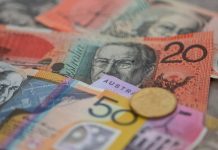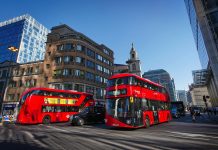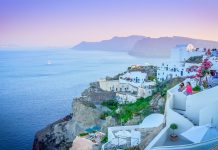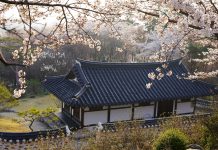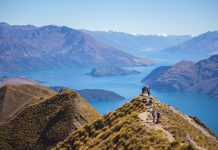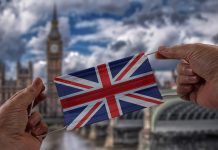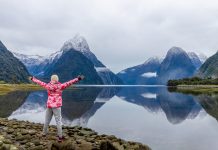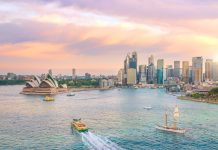The best time to visit Vietnam is during the months of December to February, when the weather is cooler and drier. Vietnam offers a vibrant mix of stunning natural landscapes, rich history, and diverse cultural experiences.
From the bustling streets of Hanoi to the serene beauty of Ha Long Bay, this Southeast Asian gem has something for every traveler. However, it’s important to plan your visit carefully, as weather conditions can greatly influence your experience. Depending on whether you prefer hot and humid or cool and dry, different times of the year may be more suitable for your trip.
We will explore the best time to visit Vietnam and what you can expect during each season. So, let’s dive in and find the perfect time to explore this captivating country.
Compare & get latest best Exchange rates #SGDVND #VNDSGD #VND #Dong #SingViet #VietDong #VietnamDong https://cashchanger.co/singapore/sgd-to-vnd
Discovering Vietnam’s Seasonal Highlights
Vietnam is a beautiful country with diverse landscapes and a rich cultural heritage. The best time to visit Vietnam depends on the regions you plan to explore as each region has its own climate.
| Vietnamese Climate Overview |
| Vietnam has a tropical monsoon climate with distinct wet and dry seasons. The north experiences chilly winters from November to March, while the south remains warm and humid throughout the year. |
| Regional Weather Patterns |
| In the north, the weather is characterized by four seasons: spring (March to April), summer (May to August), autumn (September to October), and winter (November to February). The central region has a pronounced dry season (February to August) and a wet season (September to January). The south has two seasons: dry (November to April) and wet (May to October), with occasional tropical storms. |
| Best Activities by the Season |
| During the spring, explore Hanoi’s colorful festivals and enjoy the blooming cherry blossoms. In summer, head to Halong Bay to cruise turquoise waters and visit mystical caves. Autumn offers pleasant weather for trekking in Sapa and enjoying Hoi An’s Lantern Festival. Winter is ideal for exploring the Mekong Delta and experiencing Tet, the Vietnamese New Year. |
Note: It’s essential to check the specific weather conditions and regional variations before planning your trip to Vietnam.
Unveiling The Optimal Travel Times
Vietnam is a beautiful country with diverse landscapes and rich cultural heritage. When planning a trip to Vietnam, it is essential to consider the weather conditions, festivals, and tourist crowds. Each month presents unique experiences and opportunities to explore different parts of the country.
In Vietnam, the weather can vary significantly from north to south. The best time to visit Northern Vietnam, including Hanoi and Halong Bay, is from October to April when the weather is dry and pleasant. Central Vietnam, home to cities like Hue and Hoi An, experiences hot and dry weather from February to August, making it ideal for beach lovers. Southern Vietnam, with Ho Chi Minh City and the Mekong Delta, enjoys a tropical climate year-round, but the dry season from December to April is particularly favorable.
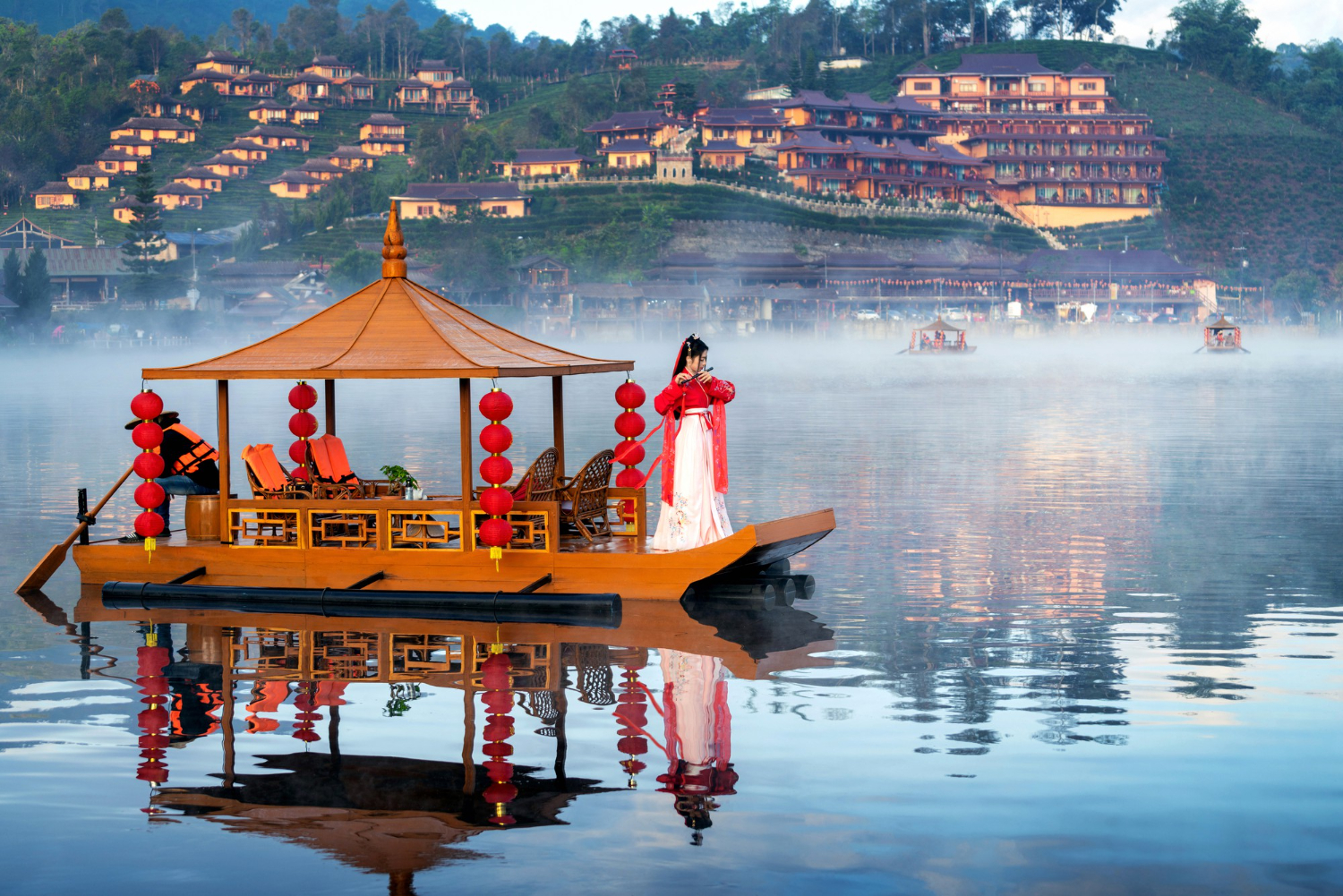
Vietnam is known for its vibrant festivals that showcase the country’s rich tradition and customs. The Lunar New Year, called Tet, is the most significant celebration, usually falling in January or February. Visitors can immerse themselves in the festive atmosphere, colorful parades, and traditional rituals. Other notable events include the Mid-Autumn Festival, Reunification Day, and Independence Day, offering opportunities to witness traditional performances and taste delicious local delicacies.
Understanding the tourist seasons in Vietnam can help plan a more enjoyable and affordable trip. The peak season in Vietnam is from December to March when the weather is pleasant and ideal for outdoor activities. During this time, popular destinations can be crowded, and prices may be higher. The shoulder seasons, April to June and September to November, offer a balance of good weather and fewer tourists. Traveling during these periods can provide a more relaxed and budget-friendly experience. The low season, from July to August, often sees discounted rates, but it is also the time for occasional heavy rainfalls.
Exploring Northern Vietnam
When planning to visit Northern Vietnam, it is essential to consider the best months for each destination. For Hanoi, the best time to visit is from October to December. During these months, the weather is pleasant, and you can experience the vibrant festivals like Tet Holiday. Halong Bay is best explored from March to May or September to November, avoiding the extreme summer heat and frequent rainfall. Sapa, known for its stunning trekking opportunities, has two trekking seasons. The first is from March to May, offering lush green landscapes, while the second is from September to November, providing cooler temperatures and clear skies for breathtaking views. Keep these optimal timeframes in mind to make the most of your visit to Northern Vietnam.
Central Vietnam’s Hidden Gems
Central Vietnam is a treasure trove of hidden gems, offering visitors a unique and enriching experience. The region boasts historical cities and a diverse range of weather patterns, making it an ideal destination to explore.
In Hoi An and Da Nang, beach enthusiasts can enjoy the beautiful coastline and warm waters. The beach season in these areas is perfect for swimming and sunbathing, with plenty of water activities to indulge in.
In Hue, cultural festivities abound, showcasing the rich heritage of the city. Visitors can witness traditional rituals and celebrations, immersing themselves in the local culture.
Southern Wonders Awaiting
The best time to visit Vietnam varies depending on the region you plan to explore. In Southern Vietnam, the bustling city of Ho Chi Minh experiences two distinct seasons – the dry season from December to April and the rainy season from May to November. The dry season is considered the peak time to visit as the weather is generally sunny and humidity is lower.
In the Mekong Delta region, the climate is unique with two main seasons – the dry season from November to April and the wet season from May to October. The wet season brings occasional heavy rainfall and the rivers swell, creating lush green landscapes. Many tourists prefer visiting during the dry season, as water levels recede and the canals become more accessible for boat trips.
For island getaways, Phu Quoc and Con Dao are popular choices. Phu Quoc Island has a tropical savanna climate with a dry season from November to April and a wet season from May to October. Con Dao Island also experiences a wet and dry season, with the dry season from November to April being the best time to visit.

No matter when you choose to visit Vietnam, there are always wonders to discover in this diverse and beautiful country.
Monsoon Magic And Off-peak Opportunities
The Best Time to Visit Vietnam is during the Monsoon season, when you can experience the country’s Monsoon Magic and take advantage of Off-Peak Opportunities. Traveling during the rainy season has its advantages, including reduced prices and promotions. Hotels, tours, and flights often offer discounted rates, making it a more budget-friendly time to visit. Vietnam’s nature truly comes alive during the monsoon, with lush landscapes, vibrant flowers, and cascading waterfalls. You can explore the country’s stunning national parks and witness the beauty of nature in its full glory. Don’t let the rain deter you – it adds a unique touch to your journey, allowing you to experience a different side of Vietnam. So pack your raincoat and embrace the enchanting monsoon season for an unforgettable adventure.
Best Time To Visit Vietnam’s Cultural Festivities
When planning a trip to Vietnam, it is important to consider the best time to visit in order to fully experience the country’s cultural festivities. One of the most significant cultural events in Vietnam is the Tet Lunar New Year celebrations. This traditional festival, celebrated in late January or early February, marks the beginning of the lunar calendar year and is a time for family reunions, feasting, and temple visits. Another important event is the Mid-Autumn Festival, occurring in September or October, which celebrates the harvest and is accompanied by lantern processions and mooncake tastings. Additionally, Vietnam has many other significant cultural events throughout the year, such as the Perfume Pagoda Festival and the Hue Festival. To fully immerse yourself in Vietnam’s rich cultural heritage, it is recommended to plan your trip around these special festivities.
Optimal Weather For Vibrant Photography
When visiting Vietnam, it’s essential to consider the optimal weather conditions for capturing vibrant photographs. The best light conditions for photographers can make a significant difference in the outcome of your images. Vietnam offers a plethora of iconic landscapes and cityscapes that serve as perfect shooting locations. From the breathtaking Halong Bay to the picturesque rice terraces in Sapa, the country is a photographer’s dream. To make the most of your photography journey, here are a few tips to capture Vietnam’s beauty:
- Explore during the golden hours of early morning and late afternoon for softer lighting and warm hues.
- Experiment with different angles and perspectives to highlight the uniqueness of each location.
- Utilize natural elements such as reflections, shadows, and silhouettes to add depth and interest to your shots.
- Engage with the locals and immerse yourself in the culture to capture authentic moments.
- Don’t forget to bring a tripod for stability during low-light situations and to capture long exposure shots.
By following these tips, you’ll be able to seize the beauty of Vietnam in all its glory. Happy shooting!
Frequently Asked Questions Of Best Time To Visit Vietnam
What’s The Best Month To Visit Vietnam?
The best time to visit Vietnam is from December to February. The weather is cool and dry, perfect for exploring. The cities are less crowded, allowing you to enjoy the top attractions without hassle. Don’t miss the festive Lunar New Year celebrations during this period.
What Month Is Rainy Season In Vietnam?
The rainy season in Vietnam typically occurs during the months of May to October.
What Is The Main Tourist Season In Vietnam?
The main tourist season in Vietnam is from November to April.
What Is The Most Expensive Month To Visit Vietnam?
The most expensive month to visit Vietnam is December due to the peak tourist season.
Conclusion
To summarize, choosing the best time to visit Vietnam is crucial to ensure a memorable and enjoyable experience. Whether you prefer the cool and dry season or the vibrant atmosphere of the festive periods, Vietnam has something to offer for every traveler.
From exploring the stunning landscapes to indulging in the rich cultural heritage, Vietnam’s diverse beauty and array of activities make it a destination worth visiting. Remember to plan your trip according to the weather conditions and specific attractions you wish to explore.
Happy travels!
Compare Remittance best rates to send money from #Singapore to #VN #Vietnam #越南 – https://remit.cashchanger.co/singapore/sgd-to-vnd
As usual, are you a money changer? Join us by leaving your contact here directly and stand to gain our whole suit of software and hardware for free to help digitize your business.
Missed our recent news? Catch up on earlier news like Vietnam Travellers returning for more here https://stories.cashchanger.co
Catch us on:
Web: https://cashchanger.co | https://remit.cashchanger.co/
Twitter: https://twitter.com/cashchanger
Telegram: https://cashchanger.co/telegram
Facebook: https://fb.me/cashchanger
Instagram: https://www.instagram.com/cashchangercom/
#exchangerate #remittance #compareexchangerates #compareremittancerates #fxrates



